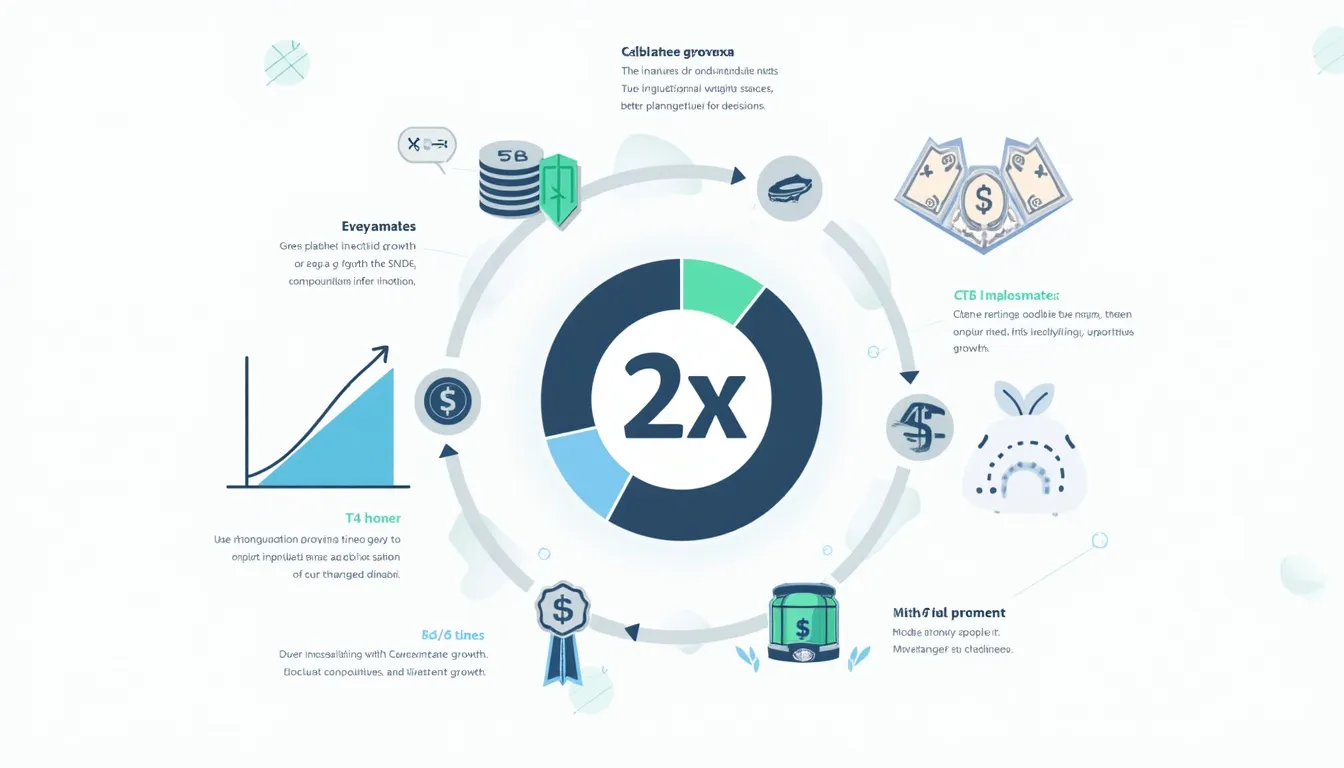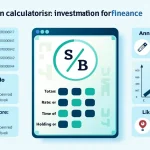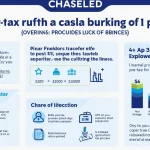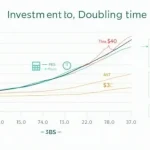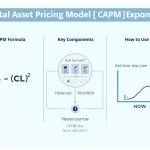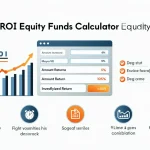Doubling Time Calculator
Is this tool helpful?
How to use the tool
- Step 1 – Rate of Return (%): Type your expected annual return, e.g., 3.8 or 15.
- Step 2 – Calculate: Click “Calculate” to run the formula instantly.
- Step 3 – Read the result: The answer appears in years, months, and days.
- Step 4 – Compare scenarios: Change the rate to see how faster returns shorten doubling time.
The formula the calculator uses
$$T = rac{\ln(2)}{r}$$
- T – doubling time in years.
- r – annual rate of return expressed as a decimal.
Example calculations
- 3.8 % return: r = 0.038 ⇒ T = 0.6931 / 0.038 ≈ 18.24 years → 18 years 2 months 25 days.
- 15 % return: r = 0.15 ⇒ T = 0.6931 / 0.15 ≈ 4.62 years → 4 years 7 months 14 days.
Quick-Facts
- Acceptable input: 0.01 %-1000 % annual return (Calculator spec).
- Natural log of 2 = 0.6931 (NIST, 2023).
- Continuous compounding is the theoretical maximum growth rate (Hull, 2022).
- Rule of 72 gives only an approximation, accuracy drops below 6 % returns (Bodie et al., 2021).
FAQ
What is doubling time?
Doubling time is the period an investment needs to grow 100 % under a given compound interest rate (Investopedia, investopedia.com).
How does the calculator compute it?
It divides the natural log of 2 by your decimal return, assuming continuous reinvestment (Hull, 2022).
Why choose continuous compounding over annual or monthly?
Continuous compounding yields the shortest possible doubling time and sets a best-case benchmark (CFA Institute, 2021).
Are returns of 15 % realistic?
Historic S&P 500 annualised return is roughly 10 % before inflation (Damodaran, 2023); 15 % implies higher risk.
How does this differ from the Rule of 72?
The Rule of 72 divides 72 by the interest rate for a quick estimate but can err by 12 % at low rates (Bodie et al., 2021).
Can I shorten doubling time without extra risk?
Increase contributions, choose tax-advantaged accounts, and minimise fees; each adds effective return (SEC, investor.gov).
Does inflation change the result?
Inflation erodes real purchasing power; subtract expected inflation from return before calculating doubling time (BLS CPI FAQ).
What if the return is negative?
Negative returns make the formula undefined; the calculator flags values ≤ 0 % because capital cannot double while shrinking.
Important Disclaimer
The calculations, results, and content provided by our tools are not guaranteed to be accurate, complete, or reliable. Users are responsible for verifying and interpreting the results. Our content and tools may contain errors, biases, or inconsistencies. Do not enter personal data, sensitive information, or personally identifiable information in our web forms or tools. Such data entry violates our terms of service and may result in unauthorized disclosure to third parties. We reserve the right to save inputs and outputs from our tools for the purposes of error debugging, bias identification, and performance improvement. External companies providing AI models used in our tools may also save and process data in accordance with their own policies. By using our tools, you consent to this data collection and processing. We reserve the right to limit the usage of our tools based on current usability factors.
